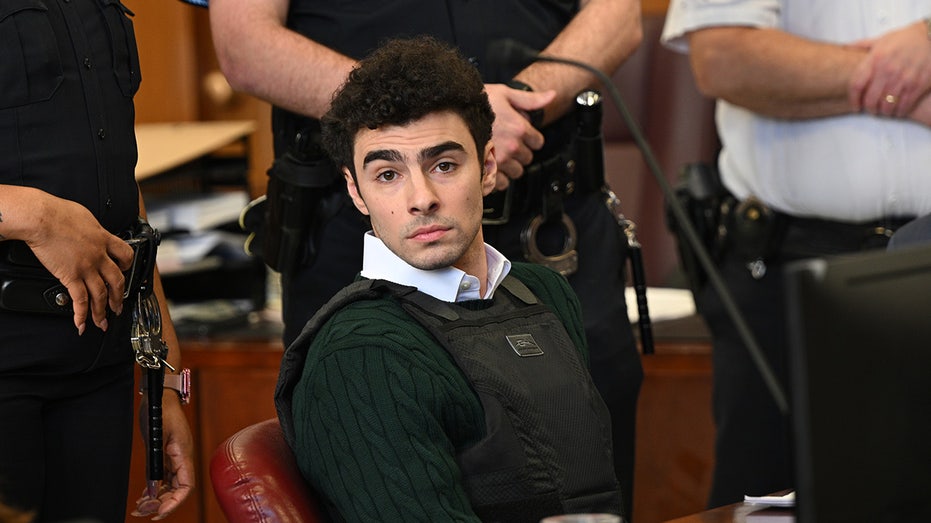Luigi Mangione’s Team Seeks Court Approval to Remove Shackles and Bulletproof Vest from UnitedHealthcare CEO Murder Suspect
Luigi Mangione's defense contends courtroom restraints, including handcuffs and a bulletproof vest, are unwarranted in the UnitedHealthcare assassination trial.

Attorneys representing Luigi Mangione, the prime suspect in the assassination of UnitedHealthcare CEO Brian Thompson, have filed a formal motion urging a New York judge to permit Mangione to appear in court without any visible restraints. The motion, submitted on Tuesday, requests that Mangione be allowed to sit at the defense table with unshackled hands and dressed in typical courtroom attire, free from handcuffs and a bulletproof vest.
This request comes ahead of Mangione’s highly anticipated court appearance scheduled for June 26. The filing contends that the extensive security precautions — specifically shackles and a bulletproof vest — are unwarranted, noting that Mangione has demonstrated full cooperation since his December 2024 arrest. Attorneys emphasize that these visible restraints present Mangione as inherently dangerous, prejudicing public and juror perception, and eroding his fundamental presumption of innocence.
The defense pointed to widespread media coverage, including viral images of Mangione shackled in court that have drawn tens of millions of views online. They argue that such imagery risks contaminating the pool of potential jurors and undermining Mangione's right to a fair trial. In support of their request, they highlight that Mangione has posed no disciplinary issues in jail or during transit to court, and that he regularly meets with counsel without incident or need for extra security measures.
According to court documents, Mangione is being held in a standard unit at the federal jail in Brooklyn, where he has been assigned work duties and is not subject to extraordinary restrictions. The defense also notes that during his initial federal court appearances — where he faces the possibility of capital punishment — Mangione was required only to wear leg shackles, not a bulletproof vest or handcuffs.
Further questioning the necessity of increased security, attorneys point out that all entrants to the courthouse pass through metal detectors, making a bulletproof vest redundant from a safety perspective. The defense maintains that the current security procedures serve primarily to reinforce negative associations rather than fulfill a genuine safety function.
Mangione, a 27-year-old Maryland resident, is accused of fatally shooting Brian Thompson outside a New York City Hilton hotel on December 4, 2024, just hours prior to a scheduled shareholder conference. The dramatic nature of the crime drew national attention, particularly after police recovered shell casings marked with the words “depose,” “deny,” and “defend”—a reference some suggested aligns with criticism of the insurance industry.
Following the assassination, Mangione became the target of an intensive manhunt and was arrested days later in Altoona, Pennsylvania, after being recognized by fast food employees. A federal grand jury subsequently indicted him on four serious charges, including murder committed with a firearm and stalking, opening the possibility of the death penalty should he be convicted.
In addition to the high-profile federal case, Mangione faces legal proceedings in both New York and Pennsylvania. In Pennsylvania, charges range from possession of firearms without a license to forgery and providing false identification to law enforcement, all of which remain unresolved. New York prosecutors have filed 11 separate charges, the most severe being first-degree murder as an act of terrorism, alleging Mangione’s actions were intended to intimidate or influence governmental policy as well as a group.
With the next state court hearing set for June 26 and a subsequent federal appearance scheduled for December, the court’s decision on the motion could set the tone for one of the most closely watched criminal trials of the year. As legal teams spar over the optics and logistics of courtroom security, the broader questions of justice, fairness, and public perception continue to loom large in this unfolding case.




